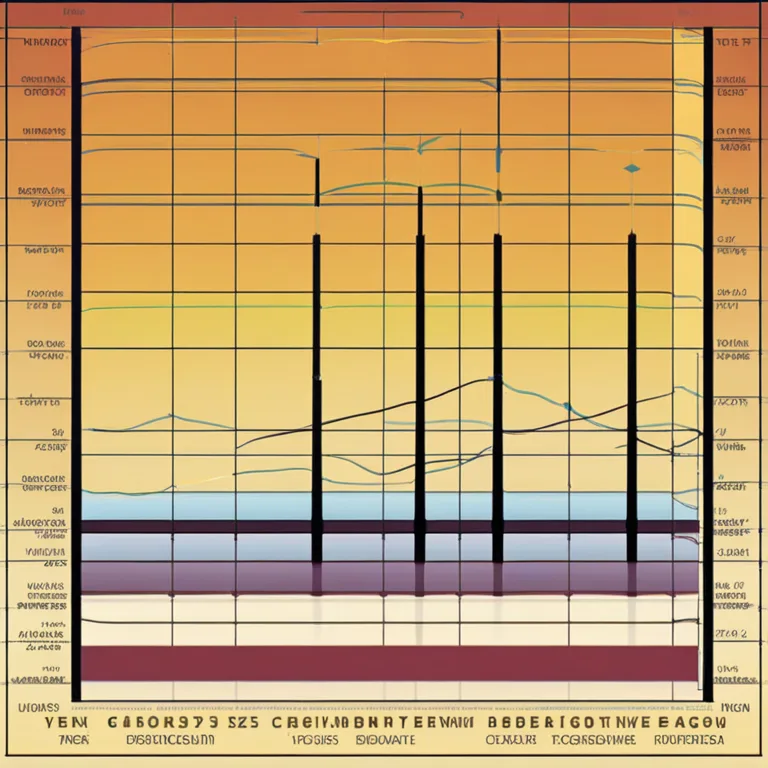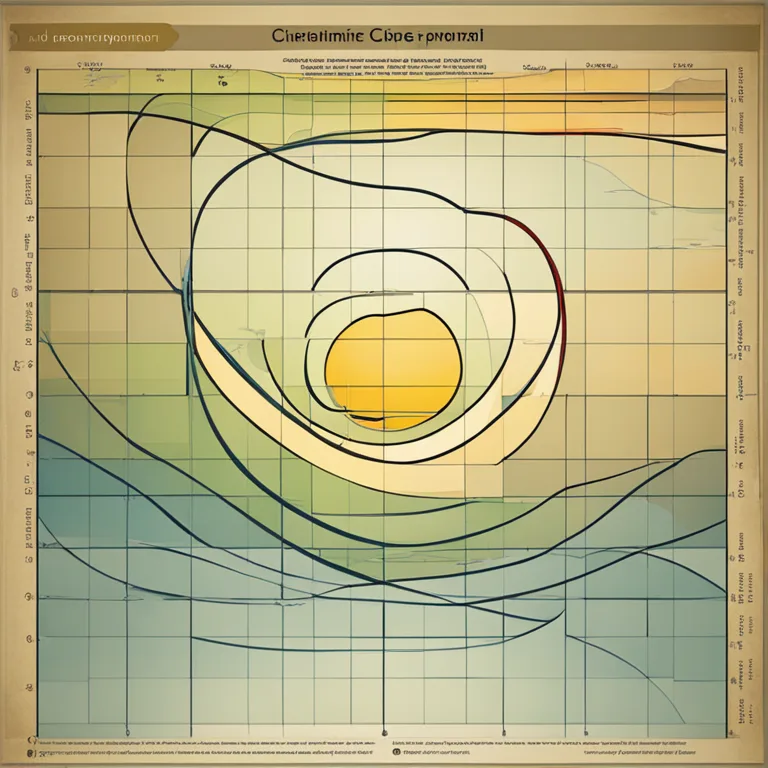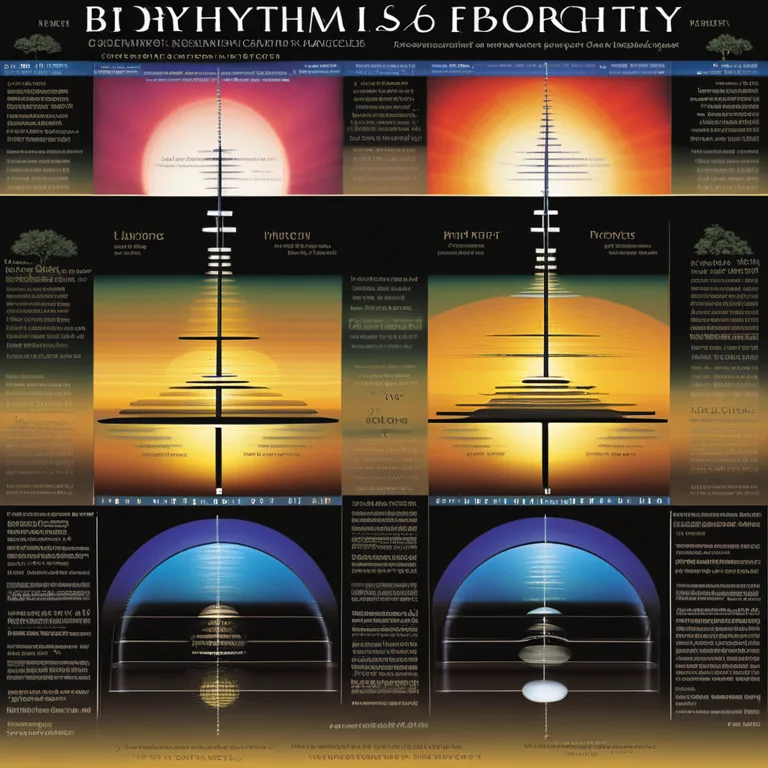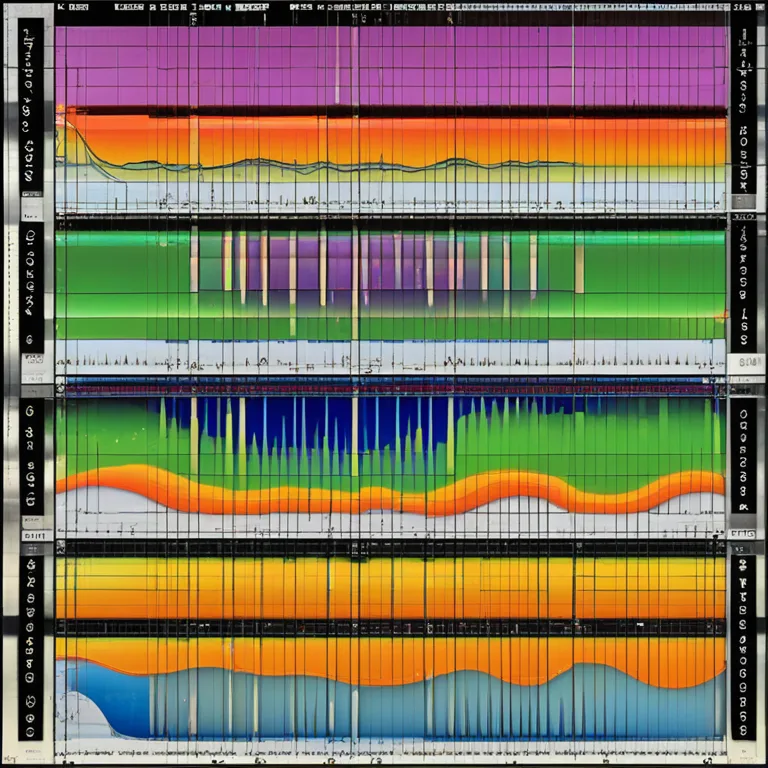
The Rhythms of Life: A Primer on Biorhythms
Delve into the intriguing world of biorhythms to discover the cycles influencing your physical, emotional, and intellectual states.
article by Adrian Wallace
Introduction to Biorhythms
Have you ever wondered why some days feel energetically charged while others leave you drained, despite a consistent routine? The concept of biorhythms may hold the answer. Biorhythms are hypothetical cycles that purportedly affect our physical, emotional, and intellectual capabilities. Rooted in a cosmic perspective, the theory proposes that from the moment of our birth, we are influenced by natural rhythmic patterns. These cycles are said to impact our day-to-day functioning, potentially forecasting periods of strength and vulnerability.

The Three Core Cycles
The foundation of biorhythm theory lies in three primary cycles: the physical, emotional, and intellectual. The physical cycle, repeating every 23 days, relates to your body's strength, endurance, and overall vitality. The emotional cycle, with a 28-day rotation, corresponds to mood, creativity, and perception of the world around us. Finally, the intellectual cycle, completing its loop every 33 days, dictates our cognitive functions, decision-making abilities, and communication skills. These cycles are believed to oscillate between high, low, and critical phases, each bringing distinctive influences on our well-being.

Calculating Biorhythms
Determining one's biorhythms involves simple mathematical calculations based on birth dates. With the advent of digital tools and specialized software, analyzing these rhythms has never been easier. Websites and applications are now equipped to generate personal biorhythm charts, offering insights into how the cycles might be aligning on any given day. These resources strive to empower individuals with foresight that could enhance decision-making, improve relationships, and optimize performance both personally and professionally.

Interpreting Your Cycles
Interpreting biorhythmic charts can provide a fascinating glimpse into one's personal ebb and flow. A high phase in a given cycle suggests a time of heightened abilities in that area, while a low phase might warrant caution and recovery. Critical days occur when a cycle crosses from a high to a low phase (or vice versa), marking periods of transition that may be prone to instability. Though skeptics question the scientific validity of biorhythms, devotees consider cycle awareness as a tool for planning activities, managing health, and navigating emotional waters more adroitly.

Biorhythms in Today's World
Moving beyond mere curiosity, an increasing number of professionals are incorporating biorhythmic theory into their practices, from personal coaches to fitness trainers. In an age where personal data tracking has surged, biorhythms offer a personalized touchpoint for introspection and self-optimization. Some businesses have even begun to consider employee biorhythms for organizing work schedules and critical meetings, aiming to harness periods of peak performance while allowing time for restorative rest during less optimal phases.
Embracing a Biorhythmic Lifestyle
For those ready to embrace a biorhythmic lifestyle, it starts with openness to self-discovery and an acknowledgement of the body's natural rhythms. By attuning to these cycles, you can actively work towards creating harmony between your actions and your innate physiological patterns. Whether or not biorhythms hold empirical truth, they reinforce the importance of listening to our bodies and being mindful of the natural flux within our lives. As we forge onwards into the future, the merging of ancient concepts with modern technology holds the promise of enhanced well-being and self-awareness.
Published: 12/28/2023
Modified: 12/28/2023
More predictions
Come back here soon to learn more about yourself and your future


Navigating Biorhythm Cycles
Explore the concept of biorhythms, their cycles, and examples of how they influence our daily lives.


The Reality Of Biorhythm Compatibility
Unravel the truth behind biorhythm compatibility and its role in personal relationships and daily life.


Biorhythms In Humans Explored
Exploring the concept of biorhythms and their influence on human behavior and physical states.